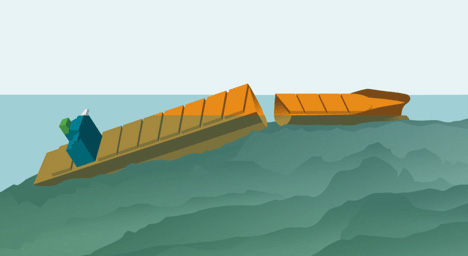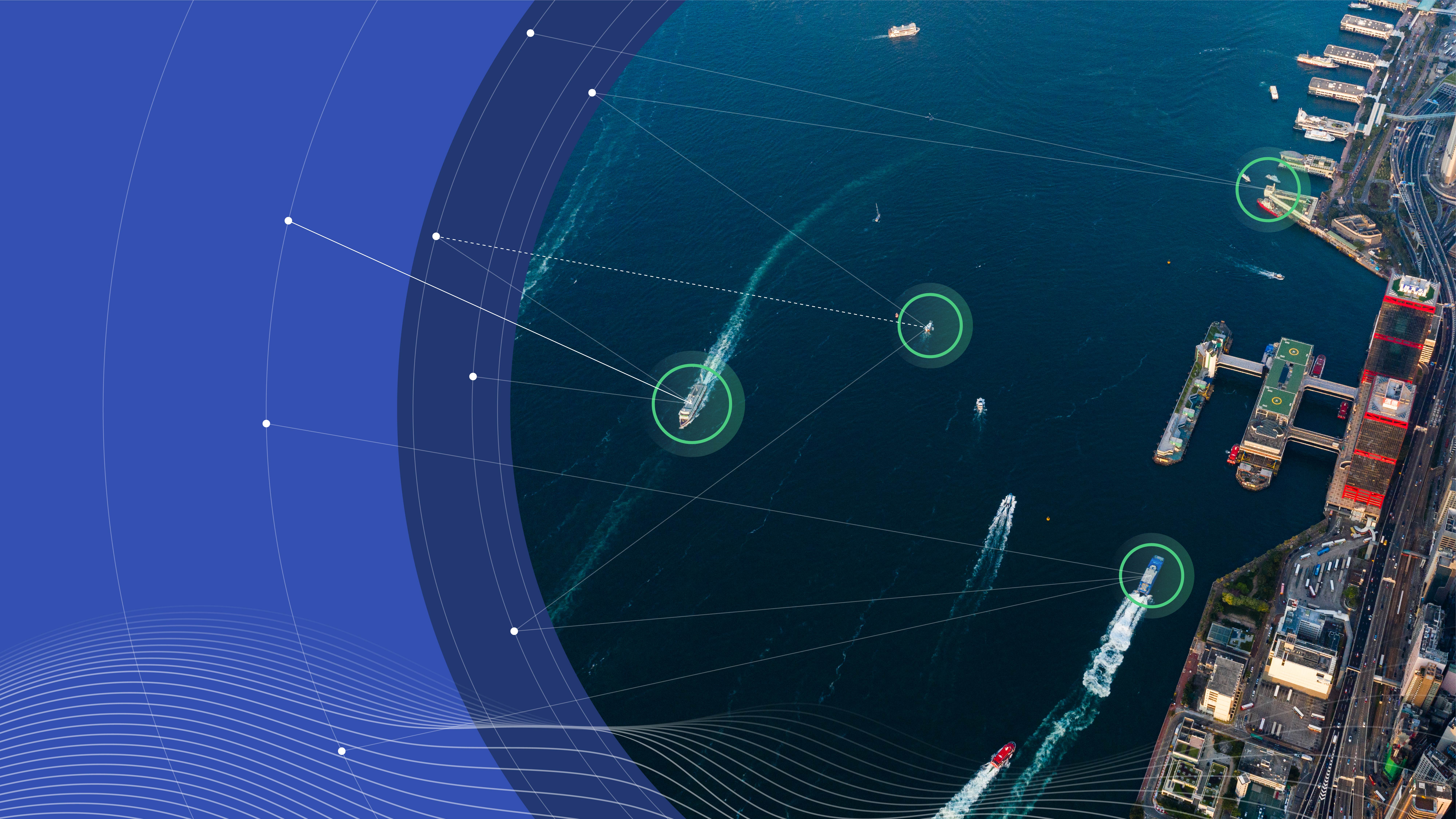On 4 October 2011, the Rena was sailing from Napier to Tauranga, New Zealand, when it ran aground on the Astrolabe Reef in the Bay of Plenty.
The reef seriously damaged the vessel's hull. Water leaked into the ship, causing it to list strongly. Its cargo comprised 1,368 containers with wood, machine components, dairy, fish and meat products, as well as 11 containers with hazardous materials. Of this total, 74 containers were salvaged from the sea, 649 were washed ashore and 43 are currently still missing. The Rena was carrying some 1,700 tonnes of heavy fuel oil in its tanks. About 400 tonnes leaked out after the accident, polluting the sea and beaches in the Bay of Plenty, one of the world's most important marine conservation areas and a popular tourist destination. More than 2,000 sea birds have died since the ship was grounded. Salvage teams were at least able to pump off most of the oil by mid-October 2011.
Ship did not keep to the usual route
When it ran aground, the ship was travelling at a speed of 17 knots in calm weather – but some way off its actual course and outside the usual shipping routes. Human error caused the disaster. The Philippine captain and his second officer have pleaded guilty on almost all charges. The two men were charged with operating the ship in a dangerous manner and subsequently manipulating the entries in its logbook.
Dangerous salvage operation
Work to salvage the ship had to be interrupted several times on account of bad weather. In addition, the vessel was in constant danger of breaking apart due to cracks in the hull. To obtain a level surface for working on, the salvage team first had to weld steel plates onto the shell of the ship. The salvage team's work was extremely risky and there were tremendous problems involved in salvaging the containers and pumping off the bunker oil. What is more, the salvage team was in many cases only able to reach the ship by helicopter. Despite this, however, most of the bunker oil was successfully pumped off the Rena before the end of October. By April, about 1,298 containers had been recovered from the ship’s holds. The remaining containers are either still inside the ship or at the bottom of the sea. Work to salvage floating debris from the wreck and clean-up efforts are still under way. In the period up to April 2012, 1,041 tonnes of scrap had been disposed of. The salvage operation was agreed between the shipping company and the salvage contractors under a Lloyd's Open Form standard contract including the so-called SCOPIC clause (Special Compensation P&I Club Clause). This clause guarantees that the salvage contractors are compensated for their efforts in protecting the environment.
Which insurance solutions cover the losses?
Damage to the vessel and the total loss of a vessel are covered by the Hull & Machinery policy. In addition to the total loss, the hull policy also includes a cover for Increased Value (IV) to protect the shipowner in the event of a discrepancy between insured value and market value of the vessel, for instance if raw material prices or other new replacement costs rise during the term of the insurance. The hull policy also covers the costs incurred for rescue attempts.
Among other things, the owner's P&I cover for liability claims includes the costs incurred for removing the wreck and the damage caused by the oil spill. The cargo is usually insured through various cargo insurers.
Rising costs impacting insurers
The costs involved in disposing of oil spills and shipwrecks have risen as regulations have become more stringent. Until a few years ago, grounded vessels were often allowed to remain where they ran aground and served as artificial reefs. Only the masts and other parts projecting above the water level had to be removed. Today, however, national authorities invariably insist on the complete removal of the wreck. making it necessary to use extremely costly salvage techniques.
You can find the full article and analysis of other interesting losses in the latest issue of Schadenspiegel (1/2012).




